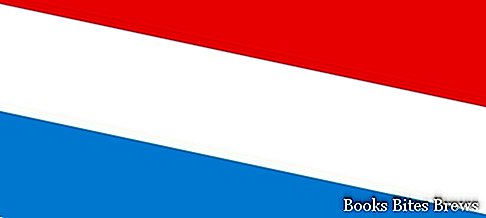General information on Luxembourg, including geographic, climatic and economic characteristics of the Grand Duchy, as well as the origins of the population that over time has settled in this land of passage.
Luxembourg tourism
Member State of the European Union, located between Germany, France and Belgium, the Grand Duchy of Luxembourg is a landlocked state, whose form of government is that of the constitutional monarchy with two legislative chambers, the Council of State and the Chamber of Deputies.
Among the founding members of the European Union, NATO, Benelux and the United Nations, it has as its capital the city of Luxembourg, home to numerous European institutions and agencies as well as a major financial center.
The territory, mainly mountainous, is characterized in the north by the Eisling plateau, which is an offshoot of the Ardennes, not very fertile and covered with woods, with a low population.
In this area there is Mount Buurgplaats which, with its 559 meters, represents the highest peak in the nation.
To the south of this region there is a low and undulating sedimentary basin, affected by the crossing of hills, which extends for about two thirds of the territory.
Here, where most of the inhabitants live, the major industries, agricultural activities and services are active.
Luxembourg's climate is continental.
The northern areas are characterized by colder temperatures, with a strong daily temperature range and frequent snowfall during the winter months.
In the south, winter is less cold, while summer is cool, rains are frequent.
The largest river is the Sauer, a tributary of the Moselle, which crosses the country from west to east.
Recommended readings- Artimino (Tuscany): what to see
- Giulianova (Abruzzo): what to see
- Alessandria (Piedmont): what to see in 1 day
- Corigliano Calabro (Calabria): what to see in the medieval village
- San Galgano (Tuscany): what to see
The average standard of living of the population of Luxembourg occupies the first places in the world.
The steel and mining industries, which have played a role of primary importance in the development of the state, have undergone a strong downsizing, except for the sector relating to the production of high quality steel, which has however maintained a prominent place in the market world.
Other sectors that contribute significantly to GDP are the chemical, petrochemical, transportation, ceramics, food, rubber and plastics sectors.
By far the most important economic sector is the financial sector, which feeds two thirds of GDP.
Extremely widespread is the cultivation of wine vines.
The population of Luxembourg descends from a mixture of Celts and Franks, a factor due to the territorial characteristics, which have made it a land of passage in history.
Poor local labor has opened the door to the influx of many immigrants from southern Europe, who make up about a third of the population.
Over 95% of Luxembourgers are Catholic, while the remainder are Protestant.
Although the official language is French, Luxembourgish is widely used, a dialect similar to German but with French and Dutch terms.




